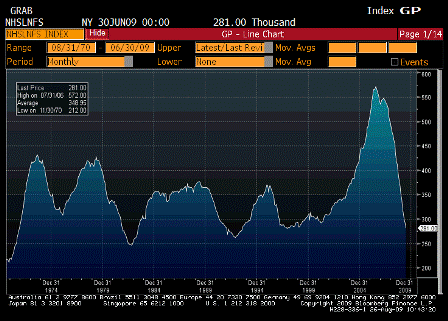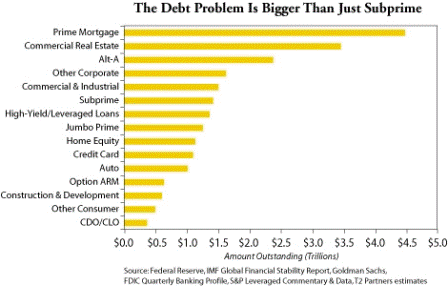Karim writes:
Rent is 30.5% of headline CPI and 39% of core CPI, a 1% rise in the rental vacancy rate typically leads to about a .7% decline in rent and a .25-0.30% fall in core CPI (with a lag). So rise in rental vacancy rate likely not entirely fed through to CPI yet, plus further increase in vacancies plus ongoing slack in economy to push core inflation down even further. GS and JP both currently estimating 0% core CPI by end-2010.
The U.S. vacancy rate reached 7.8%, a 23-year high, according to Reis Inc., a real-estate research firm that tracks vacancies and rents in the top 79 U.S. markets. The rate is expected to climb further in the fall and winter, when rental demand is weaker, pushing vacancies to the highest levels since Reis began its count in 1980. Nationally, effective rents have fallen by 2.7% over the past year, to around $972. The second and third quarters typically are the strongest periods for rental landlords because they are popular times for people to move. But this year, “vacancies just continued rising,” said Victor Calanog, director of research for Reis. During the third quarter, vacancies increased in 42 markets, improved in 26 markets and remained unchanged in 11 markets. Reis projects that the vacancy rate will peak at well above 8% in mid-2010.
[top]



